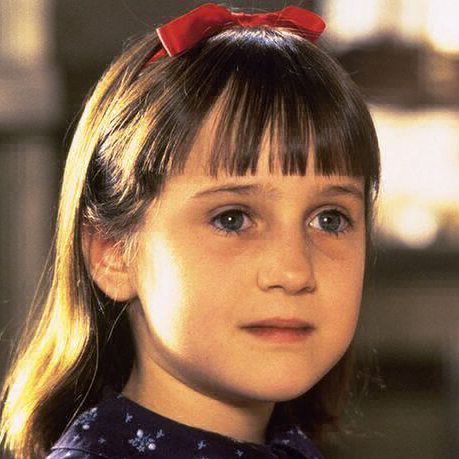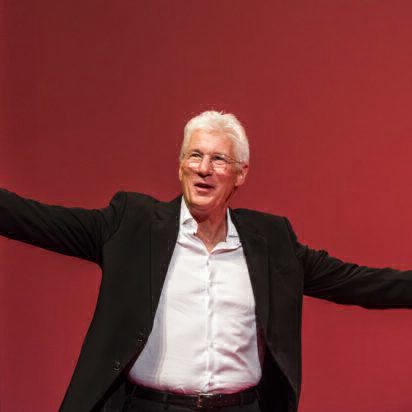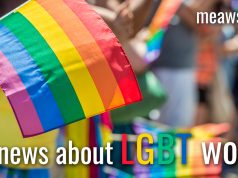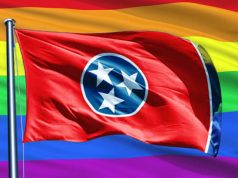
Sexual orientation is fluid and continues to develop between the late teens and late 20s, a new study in the Journal of Sex Research has found.
Researchers asked more than 12,000 people between 1995 to 2009 about who they were attracted to, the gender of their partners and how they identified.
Sexual orientation continues to develop because young people experiment and explore their identity well into early adulthood, the research said.
The study found that most research on sexual orientation defines participants with just one label, for example straight or gay, but this study acknowledges that sexuality is on a spectrum with many shades and “in-between experiences.”
Researcher Christine Kaestle said in a statement: “Sexual orientation involves many aspects of life, such as who we feel attracted to, who we have sex with, and how we self-identify.”
“Until recently, researchers have tended to focus on just one of these aspects, or dimensions, to measure and categorise people. However, that may oversimplify the situation. For example, someone may self-identify as heterosexual while also reporting relationships with same-sex partners,” continued Kaestle, a professor of developmental health at Virginia Tech.
More from PinkNews |
||
|---|---|---|
 |
 |
 |
| Stars You Didn’t Know Were Gay Or Bisexual | The Stars You Didn’t Know Have An LGBT Sibling | The Straight Stars Who Went Gay For Pay |
 The research accepts that sexuality is on a spectrum. (LEON NEAL/AFP/Getty)
The research accepts that sexuality is on a spectrum. (LEON NEAL/AFP/Getty)
The study divided participants into nine categories: straight men, mostly straight or bi men, emerging gay men and men with minimal sexual expression, straight women, mostly straight discontinuous women, emerging bi women, emerging lesbian and women with minimal sexual expression.
Straight people made up the largest group and showed the least change in sexual preference over time.
Participants falling closer to the middle of the spectrum, as well as the “emerging gay men” and “emerging lesbian” categories, showed the most changes over time.
The study showed that 24 out of 25 men identified with the ends of the spectrum, either straight or gay, while women were more likely to fall in the middle of the spectrum.
67 percent of women in the “mostly straight discontinuous” group were attracted to both sexes in their early 20s, but the number dropped to almost zero by their late 20s, with most of these women reporting being attracted to the opposite sex.
Kaestle said: “In the emerging groups, those who have sex in their teens mostly start with other-sex partners and many report other-sex attractions during their teens.
“Then they gradually develop and progress through adjacent categories on the continuum through the early 20s to ultimately reach the point in the late 20s when almost all emerging bi females report both-sex attractions, almost all emerging gay males report male-only attractions, and almost all emerging lesbian females report female-only attractions.”
The study states that “long-standing social forces such as homophobia may play a role in delaying these developmental tasks and experiences, while more recent changes in the social landscape may create an environment more conducive to earlier timing of such experiences.”







